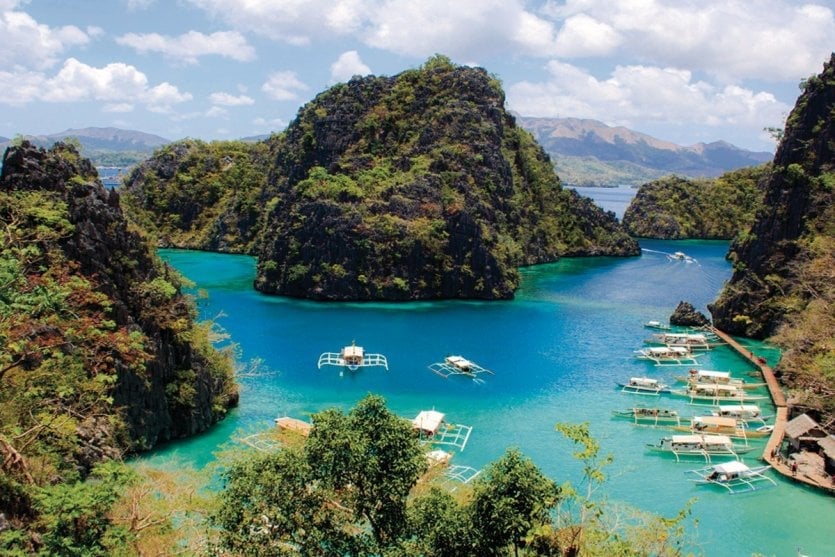
The jewel of the Philippines: Palawan.tvorec-xtra - iStockphoto.ocm
Also read: Europe's most beautiful diving spots
N°10 - The Caledonian lagoon
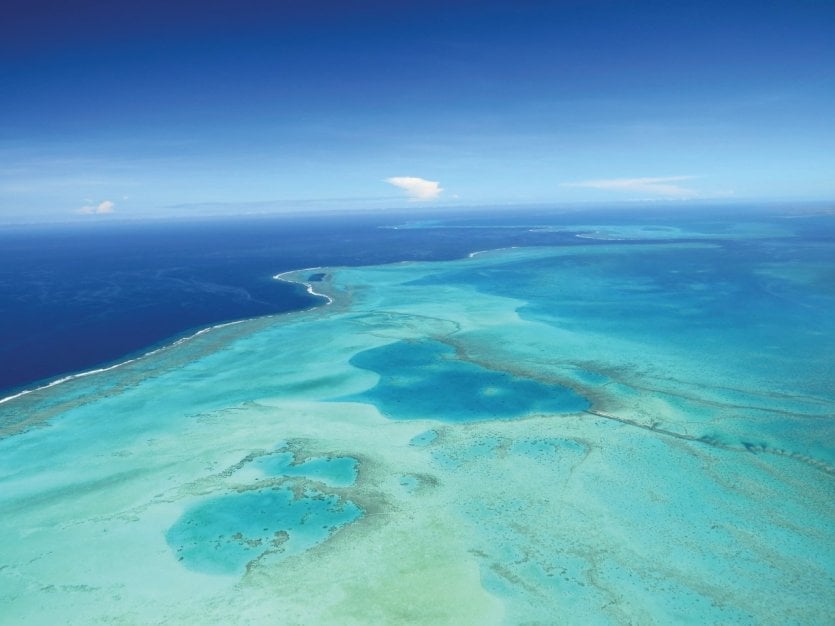
© Cachou44 - iStockphoto
N°9 - The Galapagos, an underwater Eldorado
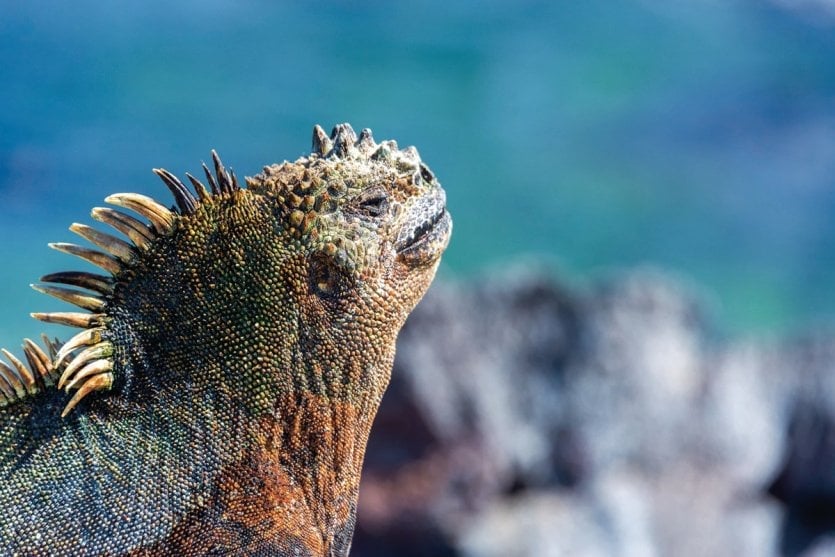
The Galapagos Islands have their own emblem: the Galapagos marine iguana.dC_Colombia - iStockphoto.com
N°8 - Isla del Coco Sanctuary

alex Rush - Shutterstock.com
N°7 - Spectacular Rangiroa Atoll
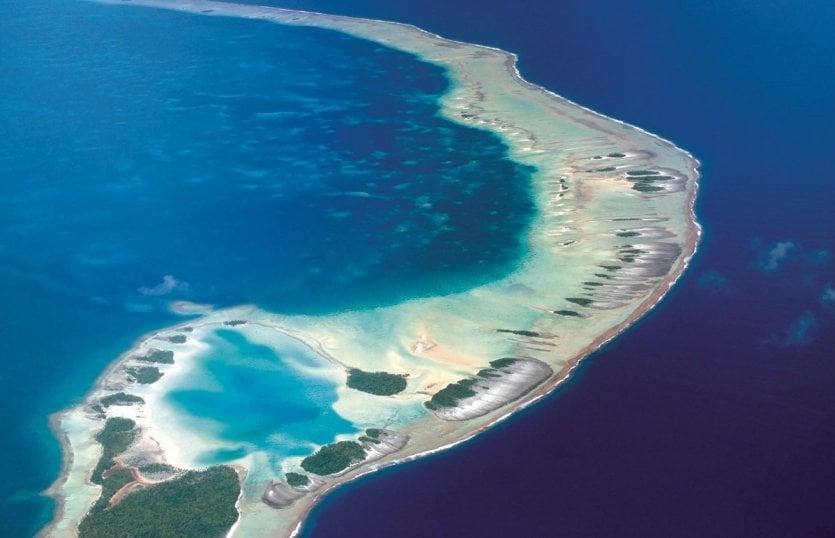
Divers can also encounter Tapete (white-tip) sharksurosr - iStockphoto.com
N°6 - Truk Lagoon wrecks
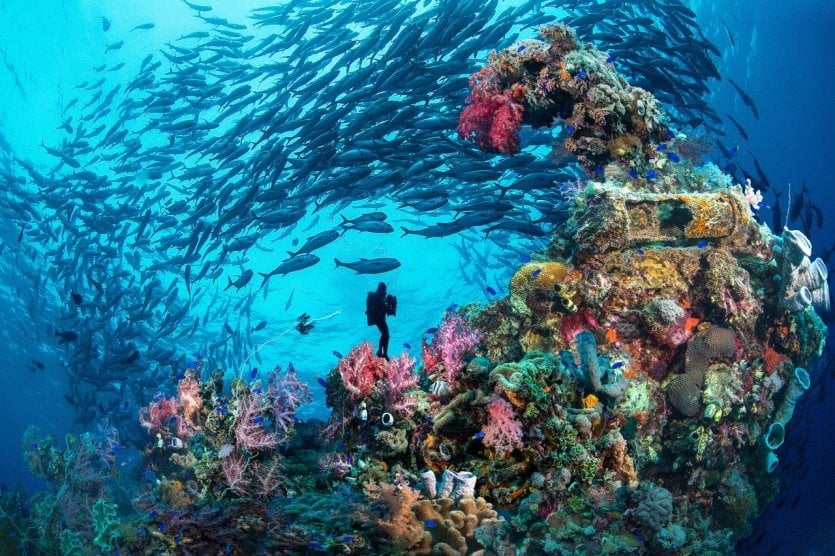
j.S. Lamy - Shutterstock.com
N°5 - Safaga and the treasures of the Red Sea

Divers can spot coral and stonefish.artush - iStockphoto.com
N°4 - The Great Barrier Reef
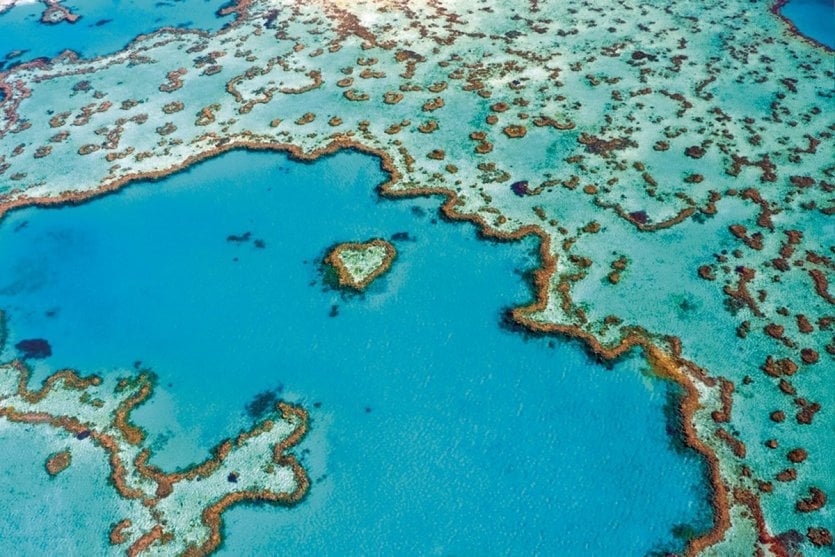
The endangered Great Green Turtle also lives in the Great Barrier Reef.byrneck - iStockphoto.com
N°3 - Koh Tao for all ages
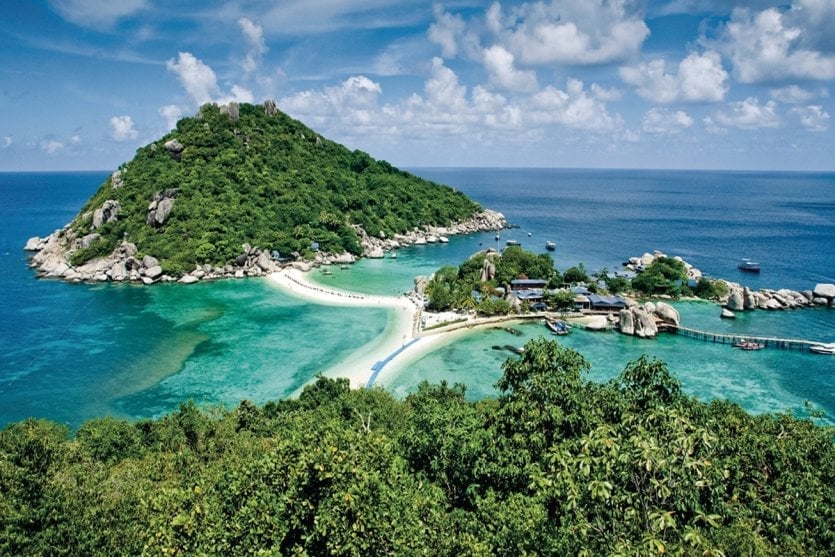
Koh Tao is also famous for its endless white-sand beach.cherrus - iStockphoto.com
N°2 - Yucatán's mysterious cenotes
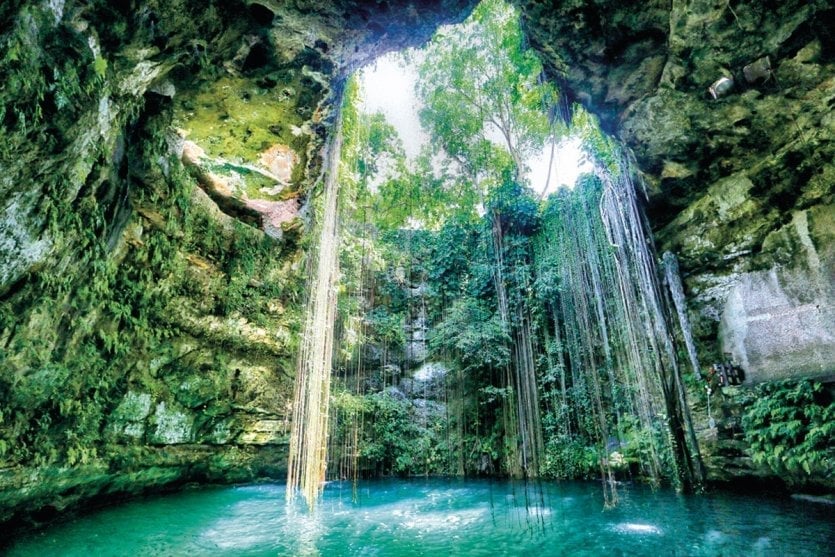
Cenotes are unique, some deeper, others more colorful, etc.lRCImagery - iStockphoto.com
N°1 - Dive into history in Palawan
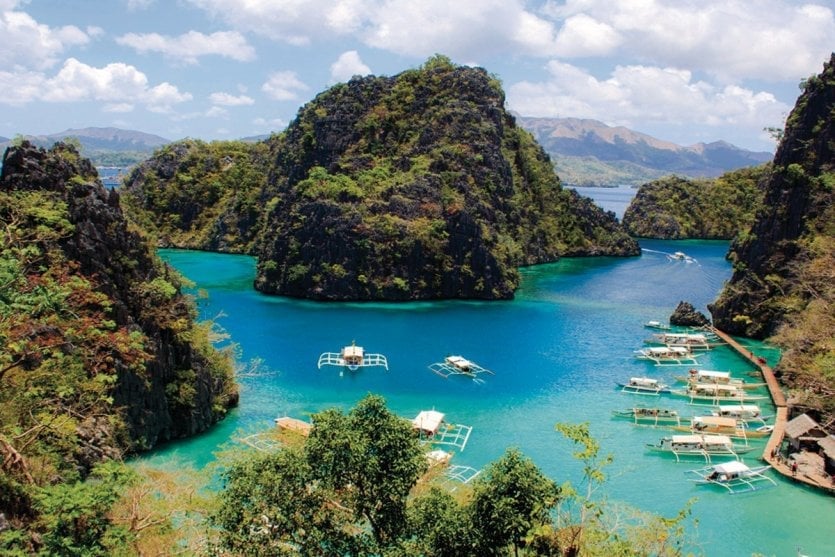
Shipwrecks can be found at depths of 3m or 10m.tvorec-xtra - iStockphoto.com


